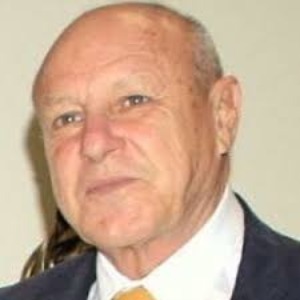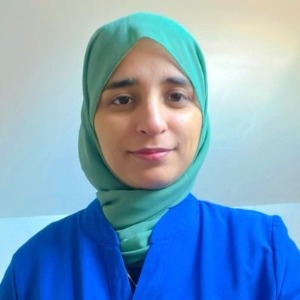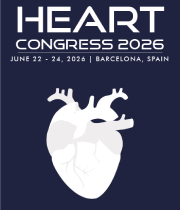Coronary Thrombosis
Coronary thrombosis, also known as coronary artery thrombosis, is a serious medical condition that occurs when a blood clot forms within the arteries supplying blood to the heart muscle. This condition is a major contributor to heart attacks and can result in severe consequences if not promptly addressed. The coronary arteries play a crucial role in supplying oxygen and nutrients to the heart, enabling it to function efficiently. When a thrombus, or blood clot, obstructs these arteries, it hampers blood flow, leading to an inadequate supply of oxygen to the heart. This deprivation of oxygen can cause damage to the heart muscle and trigger a heart attack. Several risk factors, including atherosclerosis (the buildup of plaque in the arteries), high blood pressure, and smoking, contribute to the development of coronary thrombosis. Prompt medical intervention, such as the use of clot-busting medications or invasive procedures like angioplasty, is essential to restore blood flow and prevent further damage to the heart. Individuals with known risk factors for cardiovascular disease should prioritize preventive measures, such as a healthy lifestyle and regular medical check-ups, to mitigate the risk of coronary thrombosis.

Shuping Zhong
University of Southern California, United States
Ahdy Wadie Helmy
Indiana University School of Medicine, United States
Federico Benetti
Benetti Foundation, Argentina
Ishan Abdullah
George Washington University School of Medicine and Health Sciences, United States
Sana Tariq
Manchester University NHS Foundation Trust, United Kingdom
Achi Kamaraj
Royal Brisbane and Women’s Hospital, Austria



Title : Historical evolution from OPCAB to MIDCAB to mini OPCAB surgical technique and results
Federico Benetti, Benetti Foundation, Argentina
Title : Fats of Life, the skinny on statins and beyond !
Ahdy Wadie Helmy, Indiana University School of Medicine, United States
Title : Novel ways of cardiovascular risk assessment
Syed Raza, Awali Hospital, Bahrain
Title : Study of pathological cardiac hypertrophy regression
Shuping Zhong, University of Southern California, United States
Title : Personalized and Precision Medicine (PPM) and PPN-guided cardiology practice as a unique model via translational applications and upgraded business modeling to secure human healthcare, wellness and biosafety
Sergey Suchkov, N. D. Zelinskii Institute for Organic Chemistry of the Russian Academy of Sciences, Russian Federation
Title : Atypical takotsubo cardiomyopathy presenting as st-elevation myocardial infarction
Sana Tariq, Manchester University NHS Foundation Trust, United Kingdom